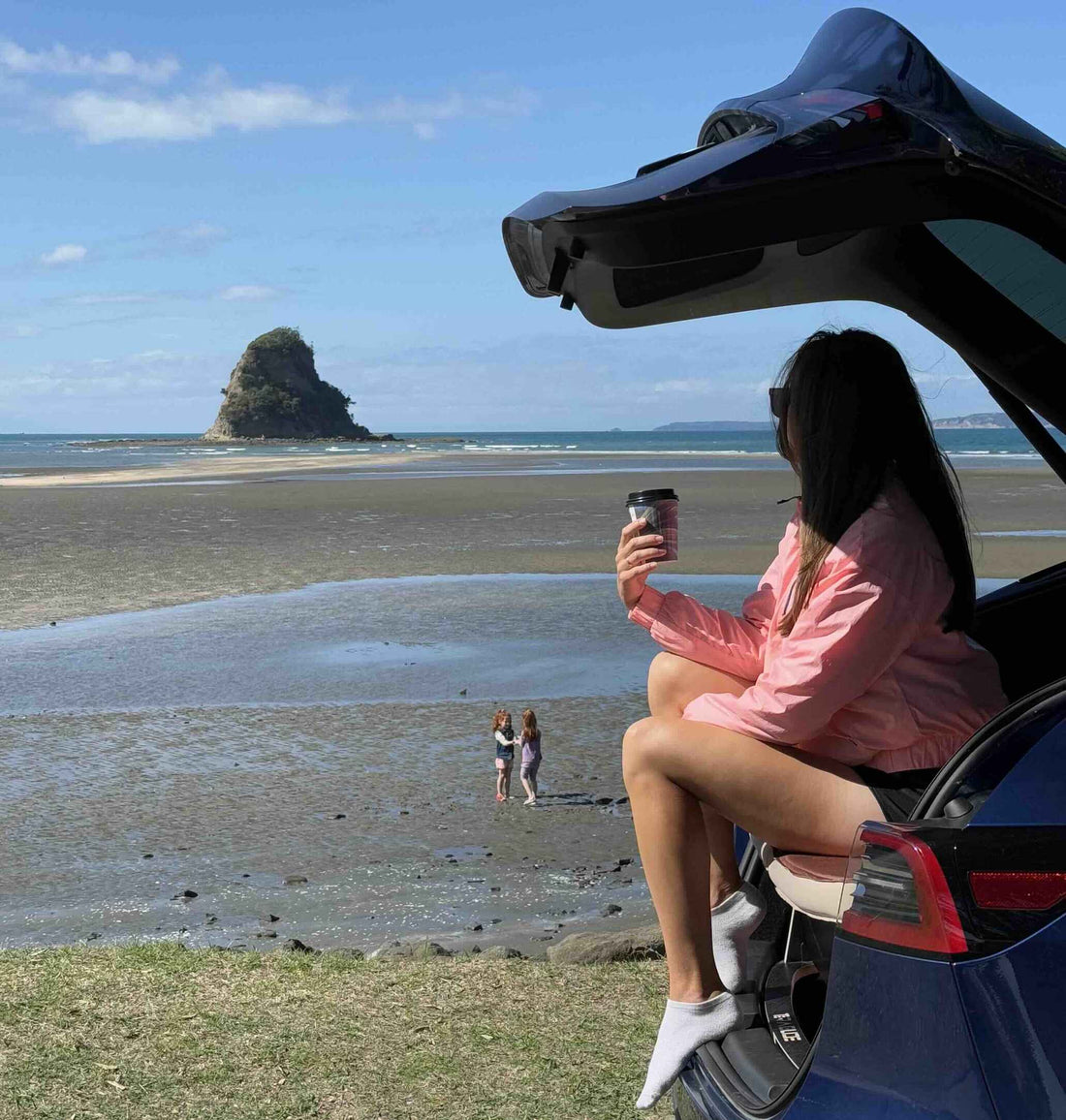
How to Choose the Best Spot for Car Camping
Whether you’re planning a weekend getaway or a multi-day road trip, choosing the right car camping spot can make or break your experience. From safety to scenery, here’s how to find a place that fits your setup and your style of travel.
1. Understand the Types of Car Camping Locations
There are two main types of car camping spots:
- Developed Campgrounds: Official sites in national or state parks with amenities like toilets, fire pits, and picnic tables. Often require reservations.
- Dispersed Camping: Free camping on public land (like national forests or BLM areas) outside of marked sites. Offers solitude but no services.
For a full explanation of camping styles in U.S. National Parks, visit the Camping Overview – National Park Service.
2. Consider Accessibility and Vehicle Requirements
Check the terrain. Some spots require 4WD or high-clearance vehicles, while others suit all cars and EVs.
If you’re using a Teraglide Platform Bed, aim for flat, level ground for comfort and safety.
➡ Want to sleep better inside your car?
Read: 5 Essential Tips for Sleeping Comfortably in Your Car
3. Evaluate Safety and Local Regulations
Always check for fire restrictions, overnight rules, and wildlife activity. Look for:
- Well-lit zones (for solo travellers)
- Proximity to other vehicles if it helps you feel safer
- Signs of recent animal activity (especially bears)
➡ For solo travelers, especially women:
Why Sleeping in Your Car is the Safest Choice for Solo Female Travelers
4. Look for Functional and Scenic Features
Ideal sites combine practical comfort with beauty. Look for:
- Shade and tree cover
- Scenic views (lakes, hills, forests)
- Natural windbreaks
- Distance from busy trails or roads
➡ Want to cook with a view?
Read: Compact Camping Kitchen – Saving Space & Cooking with Ease
5. Use Tools to Find the Best Spots
Great tools for finding car camping locations include:
- AllStays – campground maps and filters
- Hipcamp – unique camps on private land
- The Dyrt – user reviews and campsite images
More info at Where Can I Camp? – National Park Service.
6. Plan Ahead and Be Prepared
Book early during high season. Always have a backup site. Focus on packing essentials:
- Water, food, and cooking gear
- Warm bedding and a quality mattress
- Lighting, power, and emergency tools
➡ Want a minimalist checklist?
Read: What to Pack for a Weekend of Car Camping: A Minimalist’s Guide
Ready to Camp Smart?
The right spot can turn an ordinary night into an unforgettable memory. Whether you want scenery, silence, or simplicity, Teraglide makes it easy.
Explore our car camping kits, kitchens, and platform beds today →
FAQ:
1. What’s the difference between dispersed camping and developed campgrounds?
Developed campgrounds are official sites with toilets, fire pits, and marked spaces—often requiring reservations. Dispersed camping means free camping on public land, usually without services.
2. Is it legal to sleep in your car while camping?
In many places, yes—especially in national forests or designated car camping areas. Always check local signage and regulations.
3. Do I need a 4WD vehicle to go car camping with Teraglide?
No. Many locations are accessible by EVs or 2WD. Just look for level ground to keep your platform stable and comfortable.
4. What features make a great car camping site?
Look for shade, wind protection, flat terrain, and a scenic view. Distance from roads and good privacy help too.
5. How can I find car camping locations near me?
Use apps like AllStays, Hipcamp, and The Dyrt, or check the National Park Service for public land info.
